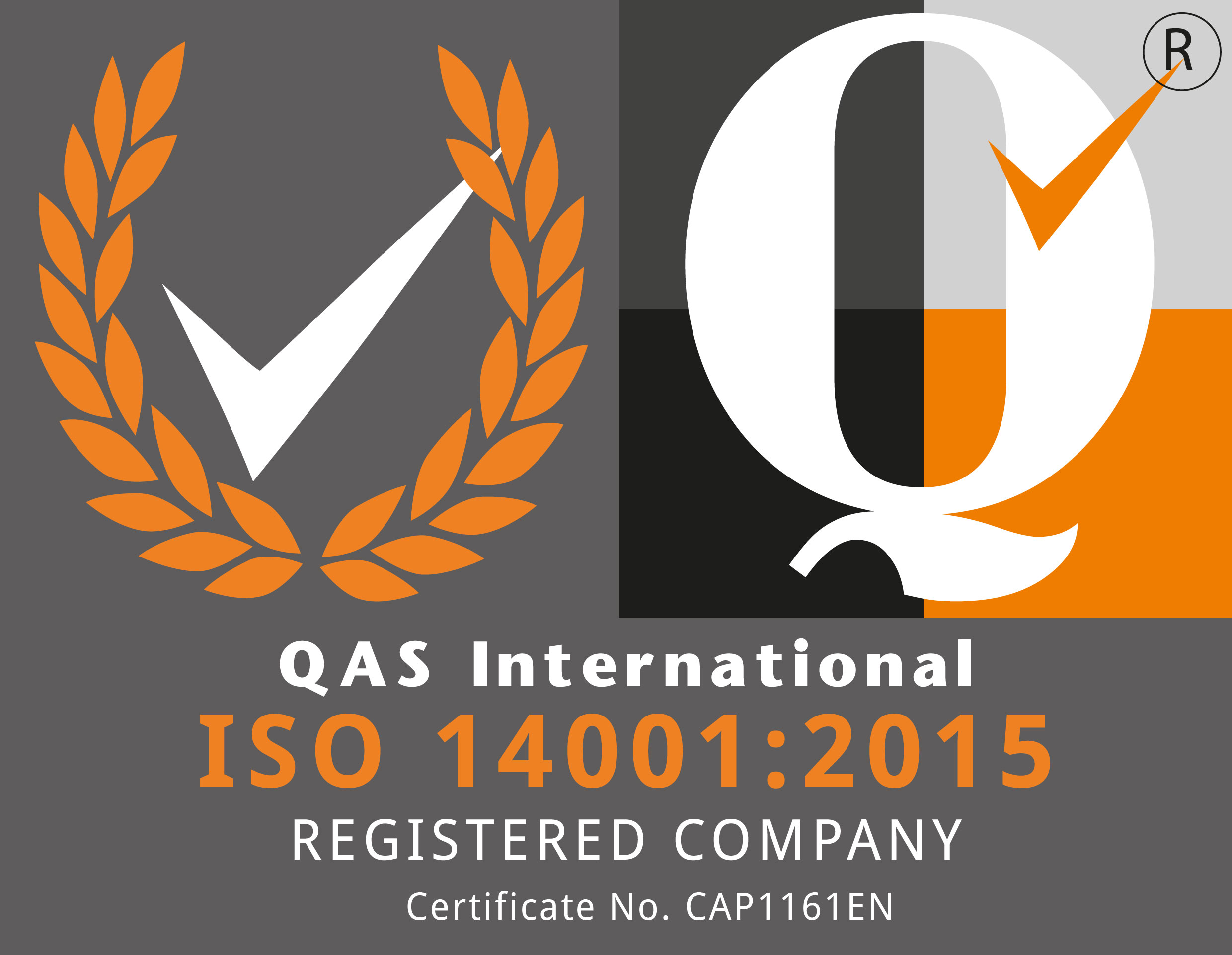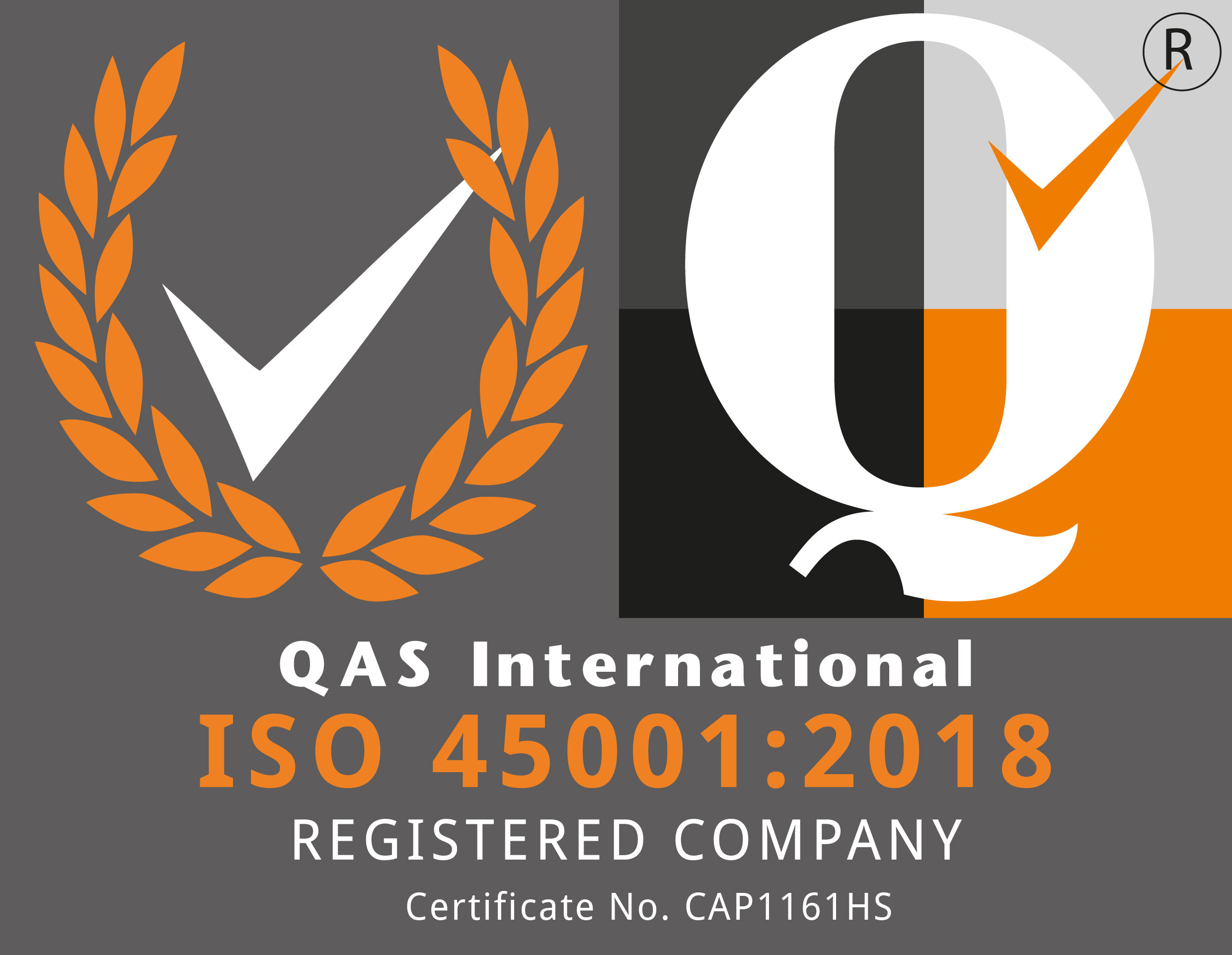What is PAT Testing?
Portable Appliance Testing (PAT Testing) involves a series of electrical and visual inspections on electrical appliances and equipment within a place of work. These tests determine whether or not the electrical appliances are safe for use.
Portable Appliance Testing (PAT Testing) involves a series of electrical and visual inspections on electrical appliances and equipment within a place of work. These tests determine whether or not the electrical appliances are safe for use.
All employers have a duty of care to their employees and customers. PAT testing can help employees to meet this obligation.
To comply with the Electricity at Work regulations. Reduce risk of fire and injury. Insurance companies cannot dispute claims for damage through fire because of insufficient electrical maintenance. The ISO 9000 Quality Assurance Standard requires all companies to comply with the Health and Safety requirements.
The Health and Safety Executive claim that more than 2000 fires are caused by faulty electrical appliances in any single year. Without regular PAT testing, if an electrical accident occurred on your premises, you could find yourself in a serious situation and worse case scenario with a criminal record.
The maximum penalty for offences committed on and after the 12th March 2015 the maximum penalty in the magistrates’ court is an unlimited fine or imprisonment for a term not exceeding 6 months or both. In the Crown Court, the maximum penalty is an unlimited fine or imprisonment not exceeding two years or both.
PAT testing is considered to be the best way for employees to comply with all electrical regulations and health and safety requirements as stated below:
The Electricity at Work Regulations 1989 places a “duty of care” on employers and landlords to maintain electrical systems to prevent danger. Regulation 4 (2) states: “As may be necessary to prevent danger all systems shall be maintained so as to prevent so far as is reasonably practicable such danger.” Regulation 5 of the Provision and Use of Work Equipment Regulations 1998 states: “Every employer shall ensure that work equipment is maintained in an efficient state, in efficient working order and in good repair.” The Health & Safety at Work Act 1974 (HASW 1974) places a duty of care on employers and employees to ensure the safety of all persons using the work premises.
Any type of equipment, which is powered by electrical energy must be tested. This includes:
- Portable AppliancesHand-held AppliancesStationary Equipment or Appliances
- Information Technology Equipment (Business Equipment)
- Extension Leads Hard wired appliances such as Hand Dryers
This varies depending on the workplace environment and the equipment to be tested. Contact us today and we will be happy to help you to select the correct time periods between tests.
There are a number of tests carried out, dependent on the electrical classification of the appliance, these may include: –
- There are a number of tests included in PAT Testing which include:A full visual inspection
- Insulation test
- Earth continuity/Earth Bond Test
- Earth leakage tests
Following this we will issue you with a certificate for your records which will indicate the results. Each item of equipment is also given an individual code for identification and will be issued with a personalised pass/fail sticker.
We price each job individually, based on the number of appliances requiring testing. For a free quote please fill in our online form and we will get back to you as soon as possible.
Included in all Comply2 tests are any replacement plugs and fuses required and all reterminations. Many companies charge for these items separately and also add charges for parking, travel and even overnight accommodation.












